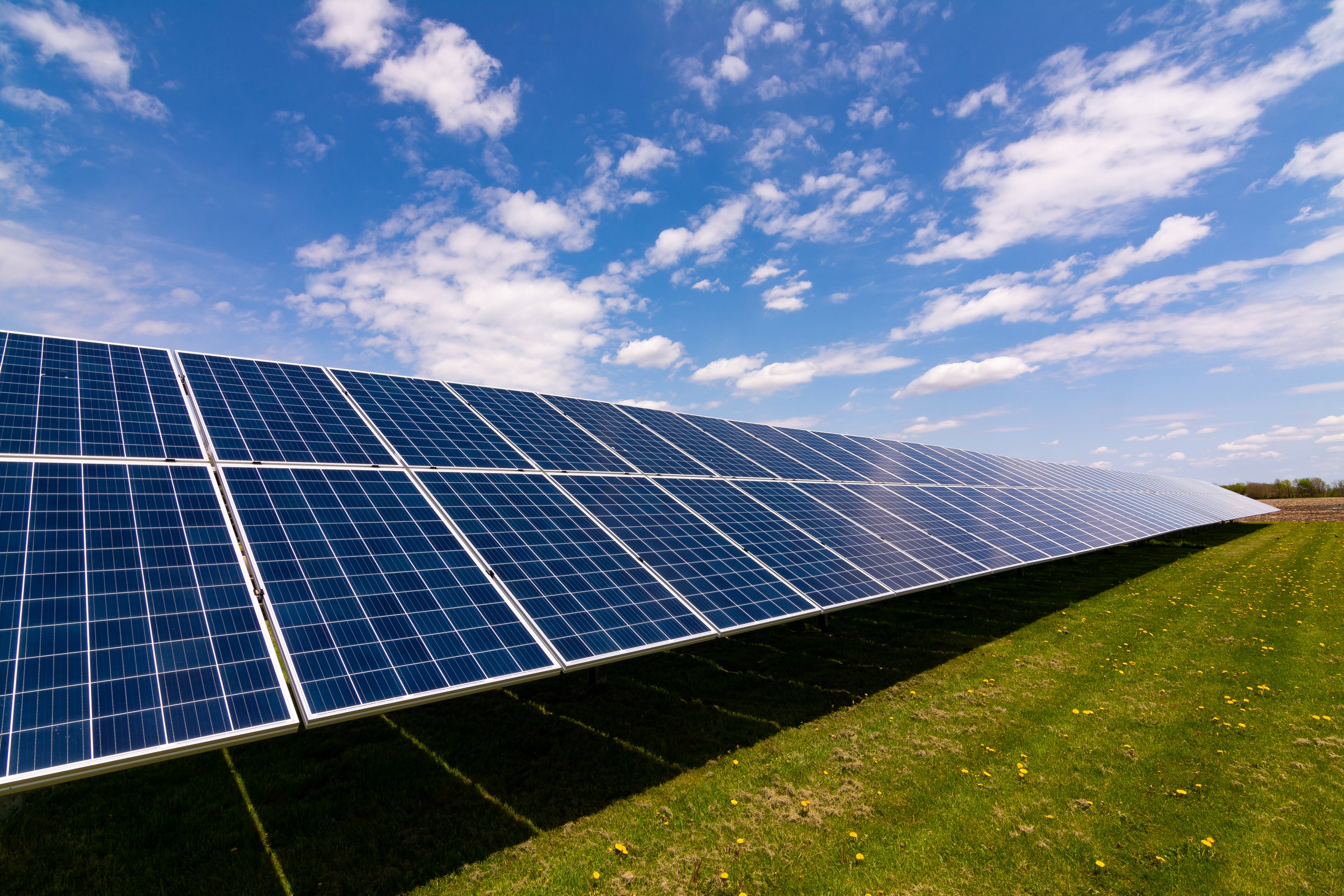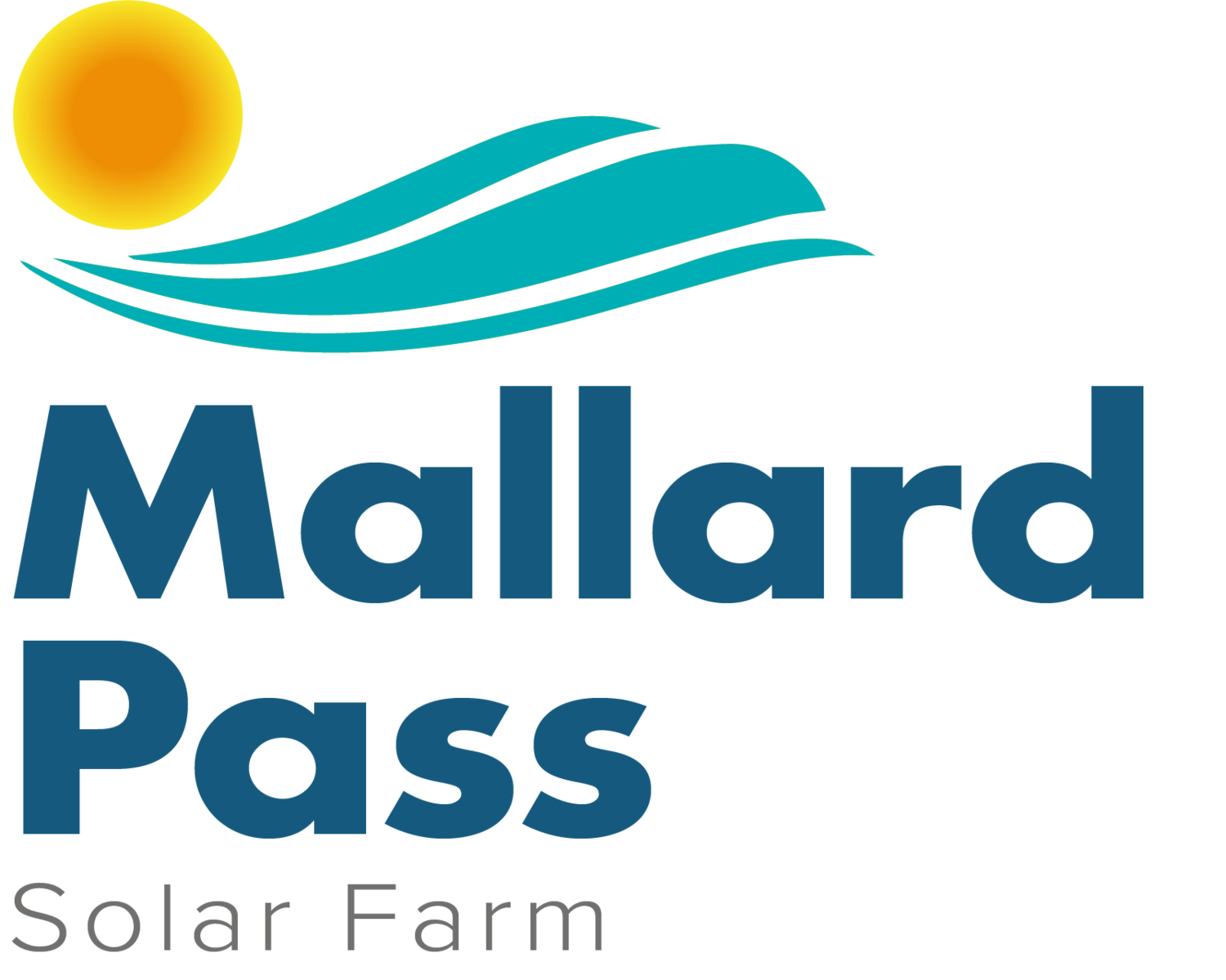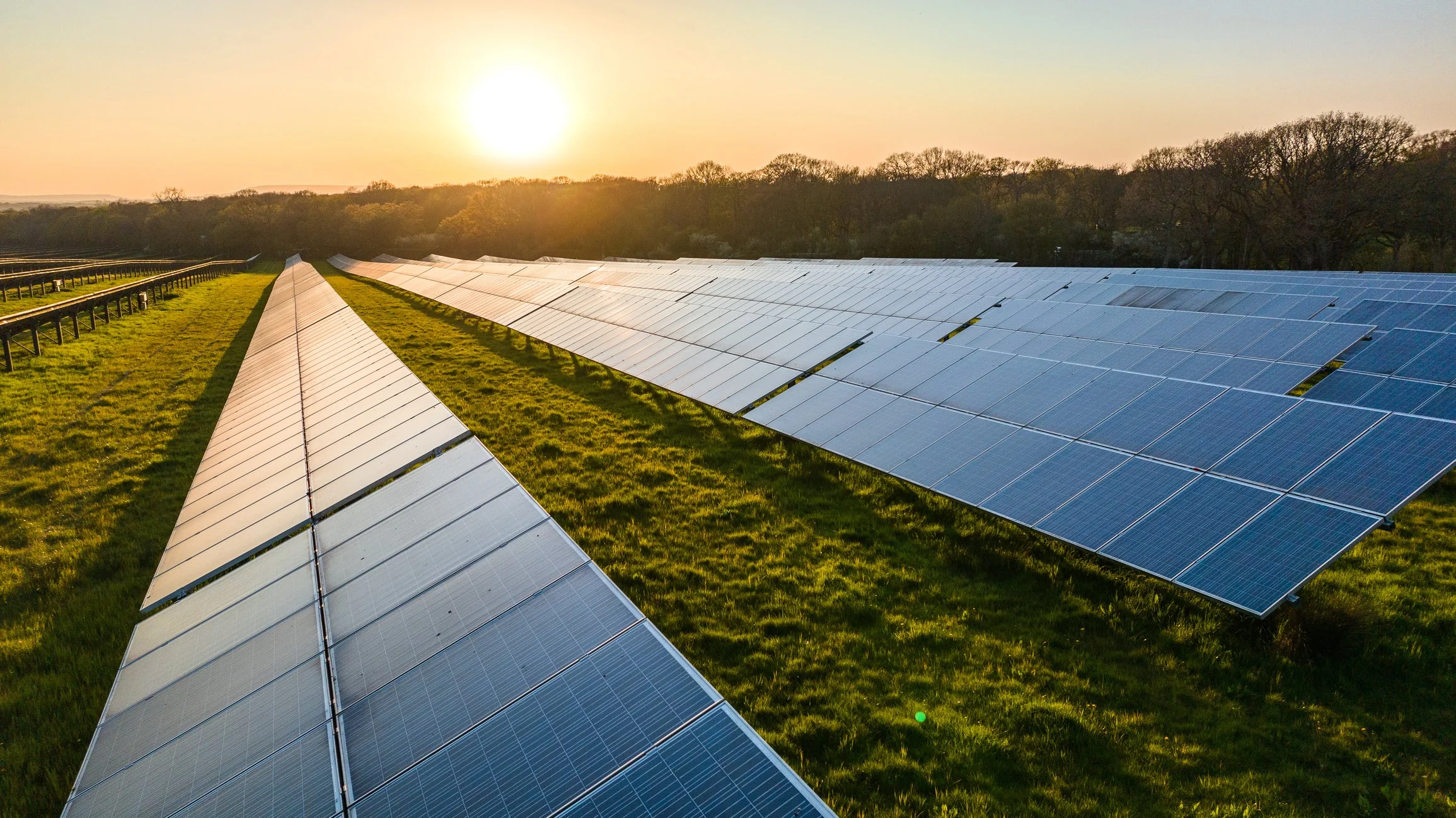Mallard Pass Solar Farm
Mallard Pass Solar Farm is one of the UK’s most ambitious green infrastructure projects, combining large-scale solar energy generation with a strong commitment to sustainable land use and community benefit.
Located near Essendine, partly situated in South Kesteven, Lincolnshire, and partly in Rutland, the site is expected to generate at least 240 megawatts (MW) of renewable energy, enough to power tens of thousands of households.
Due to the capacity of the solar farm exceeding 50 megawatts (MW), Mallard Pass Solar Farm is classified as a Nationally Significant Infrastructure Project (NSIP) and requires a Development Consent Order (DCO) under the Planning Act 2008. Our DCO application documents are available to view below.

The DCO application for Mallard Pass Solar Farm was awarded development consent on 12 July 2024 by the Secretary of State for the Department of Energy Security and Net Zero (DESNZ). Following its approval, the project is now being delivered by experts in the renewable energy sector, with construction beginning in 2026.
All relevant documents, including the DCO as made, the Secretary of State’s Decision Letter, the Examining Authority’s Recommendation Report and all other application/ examination documents are available on the project-dedicated webpage of the Planning Inspectorate website linked here.
For more information on the DCO process for Mallard Pass up to date, please visit our webpage on the development process by clicking here.
Although the exact technology and type of solar arrays to be used have yet to be decided, an indicative diagram of the typical components is shown below.
Key Benefits
Latest News
Quinbrook and PEP sign agreement with Network Rail
December 2025
Quinbrook and Private Energy Partners (PEP) have signed an agreement with Network Rail to avoid disruptive cable routing through the village of Essendine during construction of Mallard Pass Solar Farm.
-
Network Rail have agreed that cabling can instead be run under the East Coast Mainline rather than carried via the A6121 railway bridge or new over-rail infrastructure.
This agreement will avoid significant local disruption in Essendine whilst ensuring that Mallard Pass Solar Farm can be delivered in line with the DCO approved by the Secretary of State for Energy & Climate Change in 2024.
Construction on the Solar Farm is scheduled to begin in the first quarter of 2026 following further community engagement and initial surveying and preparatory works.
Through engagement with local elected representatives, we recognise that there was a strong local preference for the cables to be underground and have been working closely with Network Rail to enable this to be delivered in line with local views.
Community Liaison Group meets with project team to discuss CTMP and LEMP
October 2025
On Tuesday, 7th October the project team met with the Community Liaison Group to discuss the emerging CTMP (Construction Traffic Management Plan) and LEMP (Landscape & Environmental Management Plan).
-
The Mallard Pass Community Liaison Group (CLG) is composed of representatives from local parish, district and county councils, in addition to the local Member of Parliament.
A series of community meetings are being scheduled over the coming months ahead of construction in early 2026.
Upcoming meetings will cover design details and community benefit payments. Residents are encouraged to get in touch with their local elected representatives to raise enquiries through the CLG or via the contact form on this website.
A copy of the minutes is available here.
To view a plan showing the location and route of Mallard Pass Solar Farm as submitted in the Development Consent Order (DCO) application, please refer to the Location, Order Limits and Grid Coordinates Plans (Document Reference: EN010127/APP/2.6), available here





